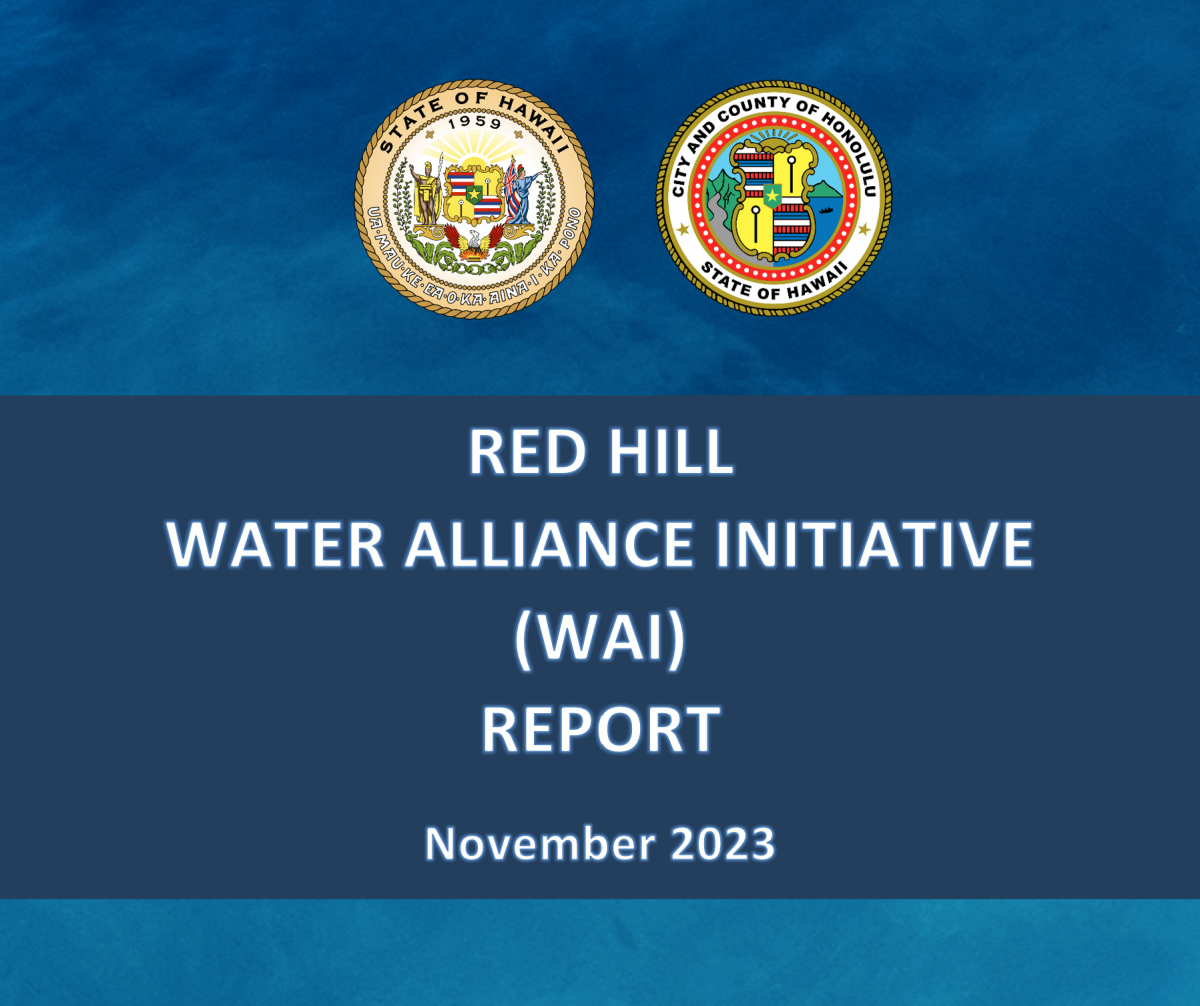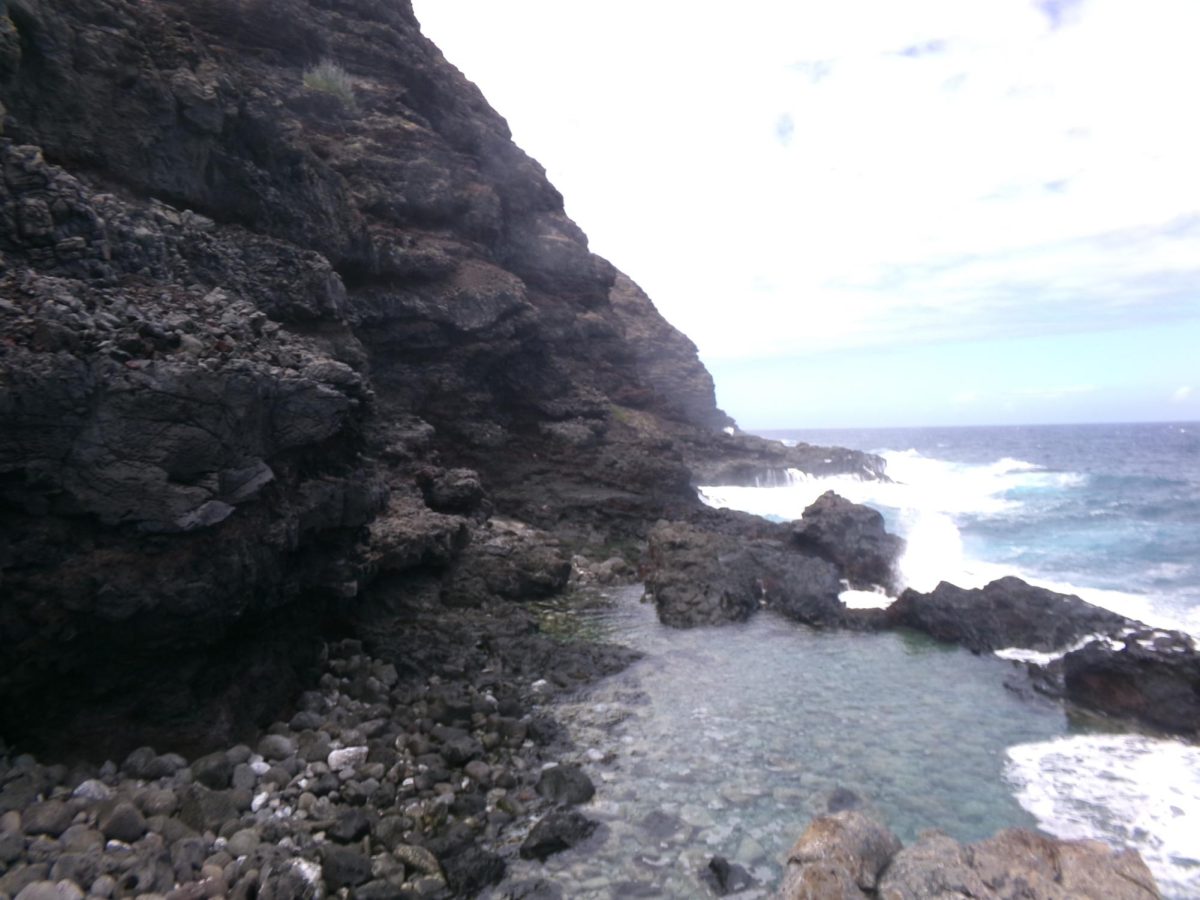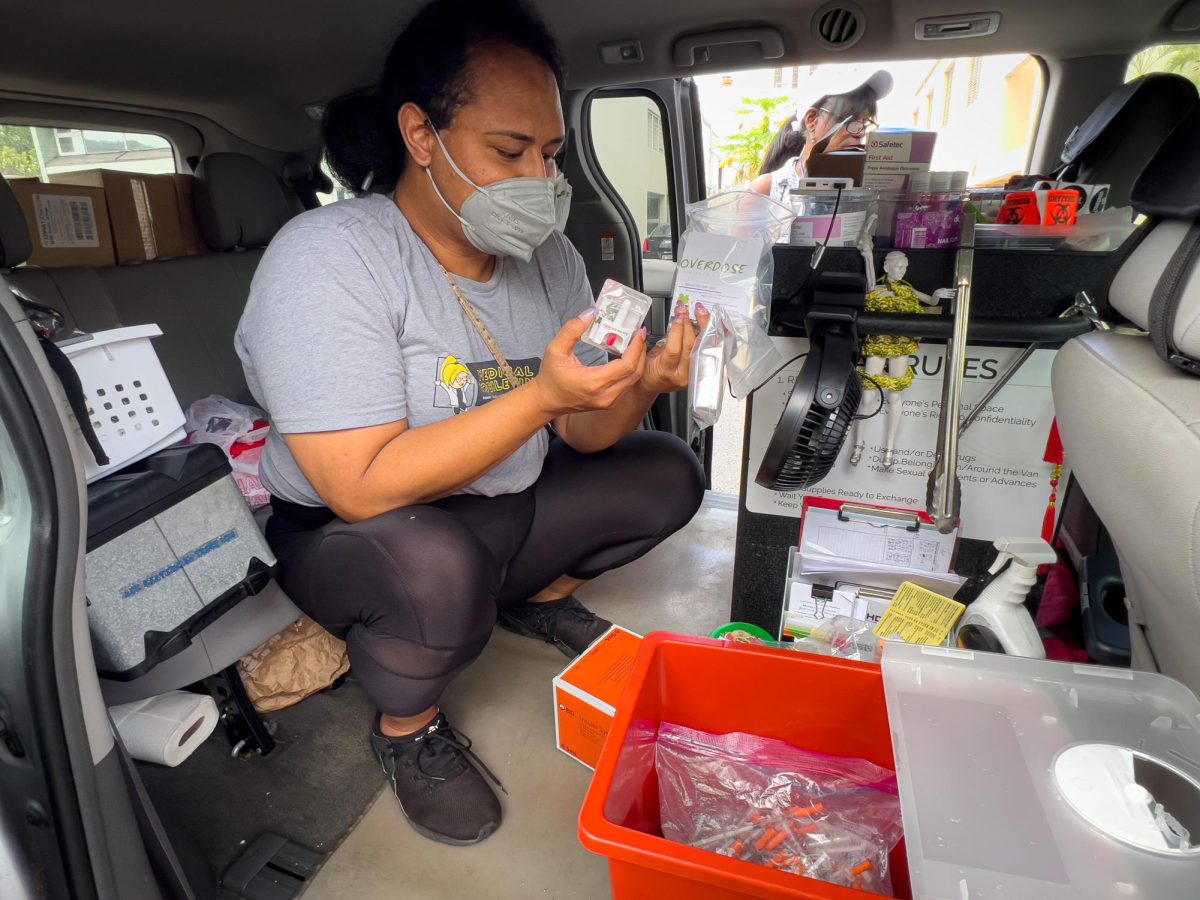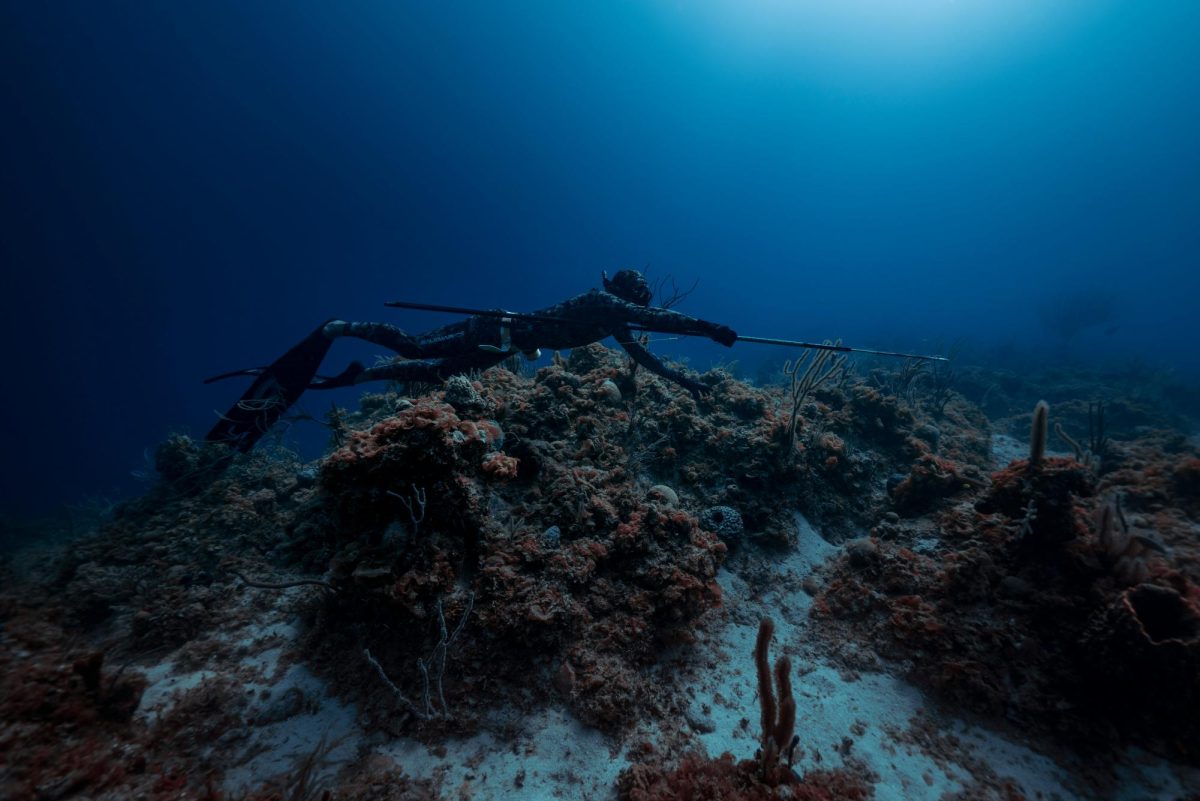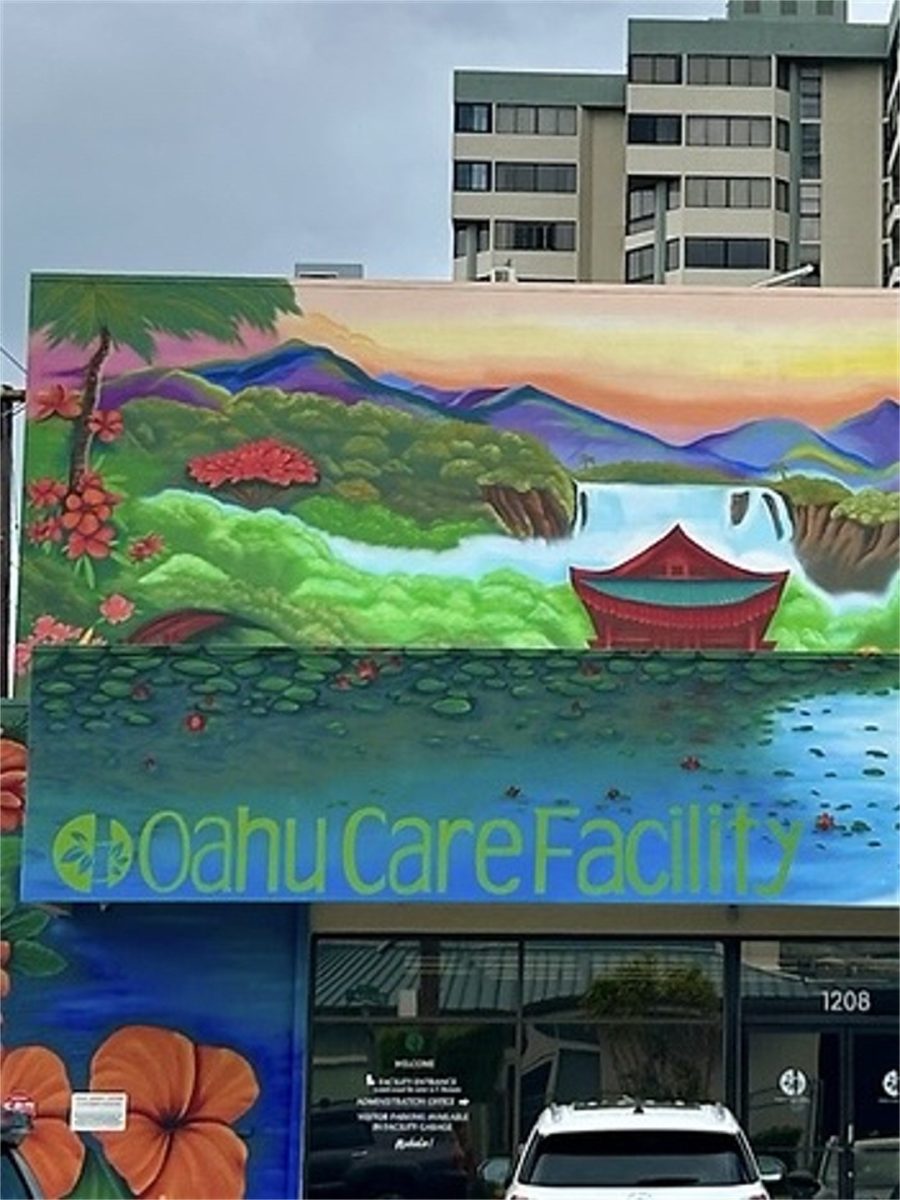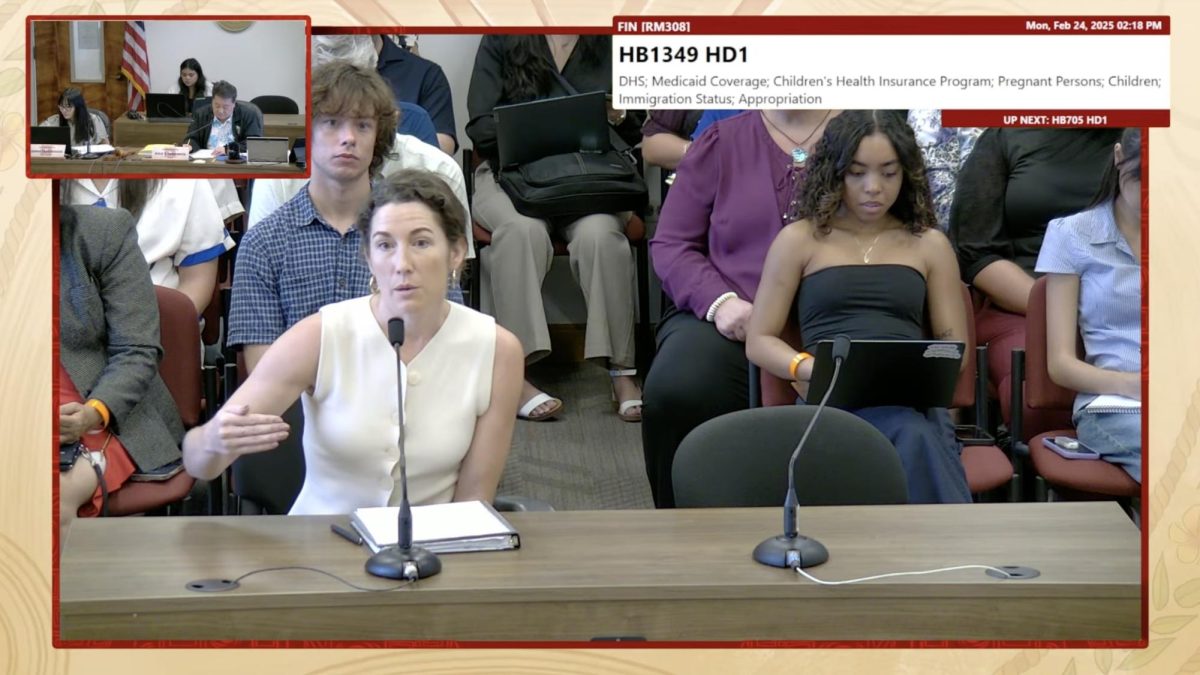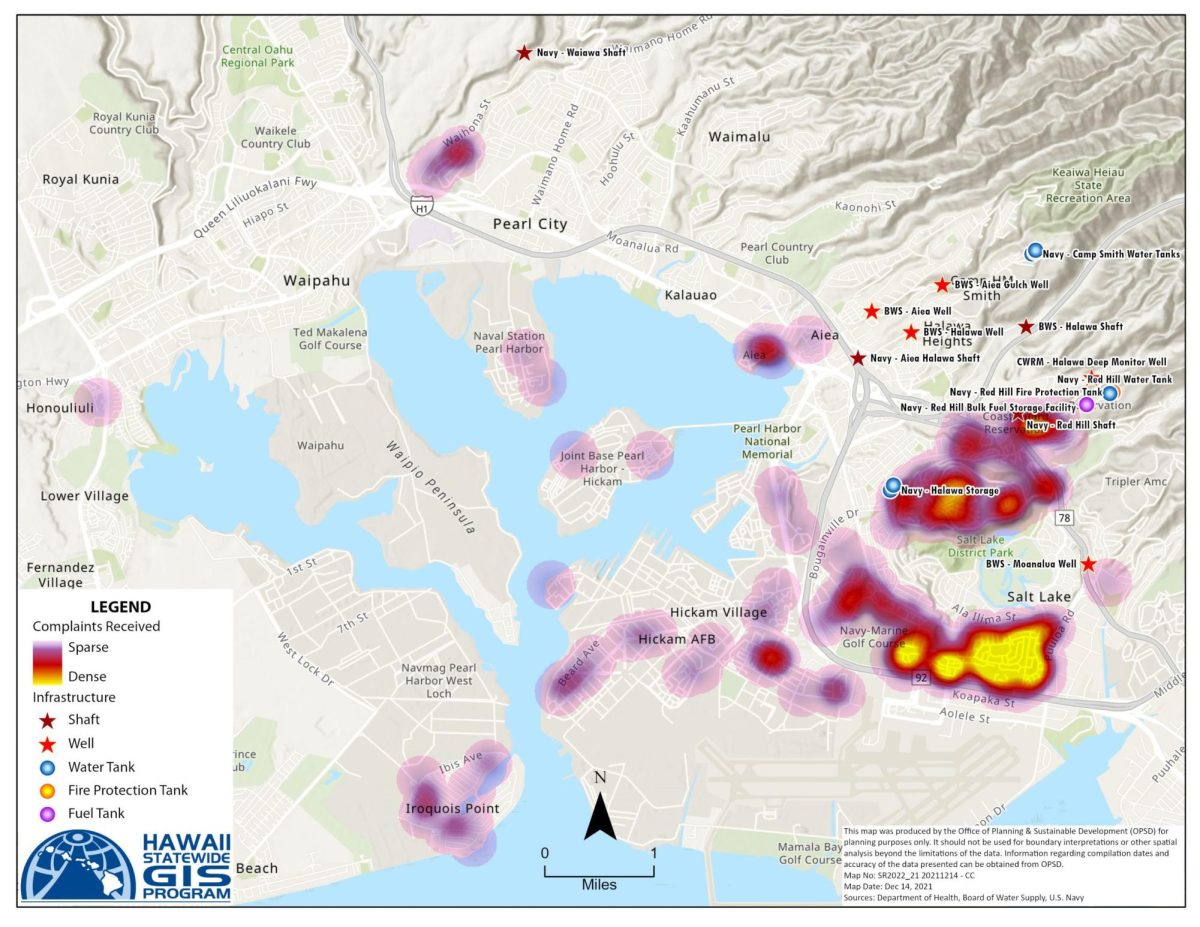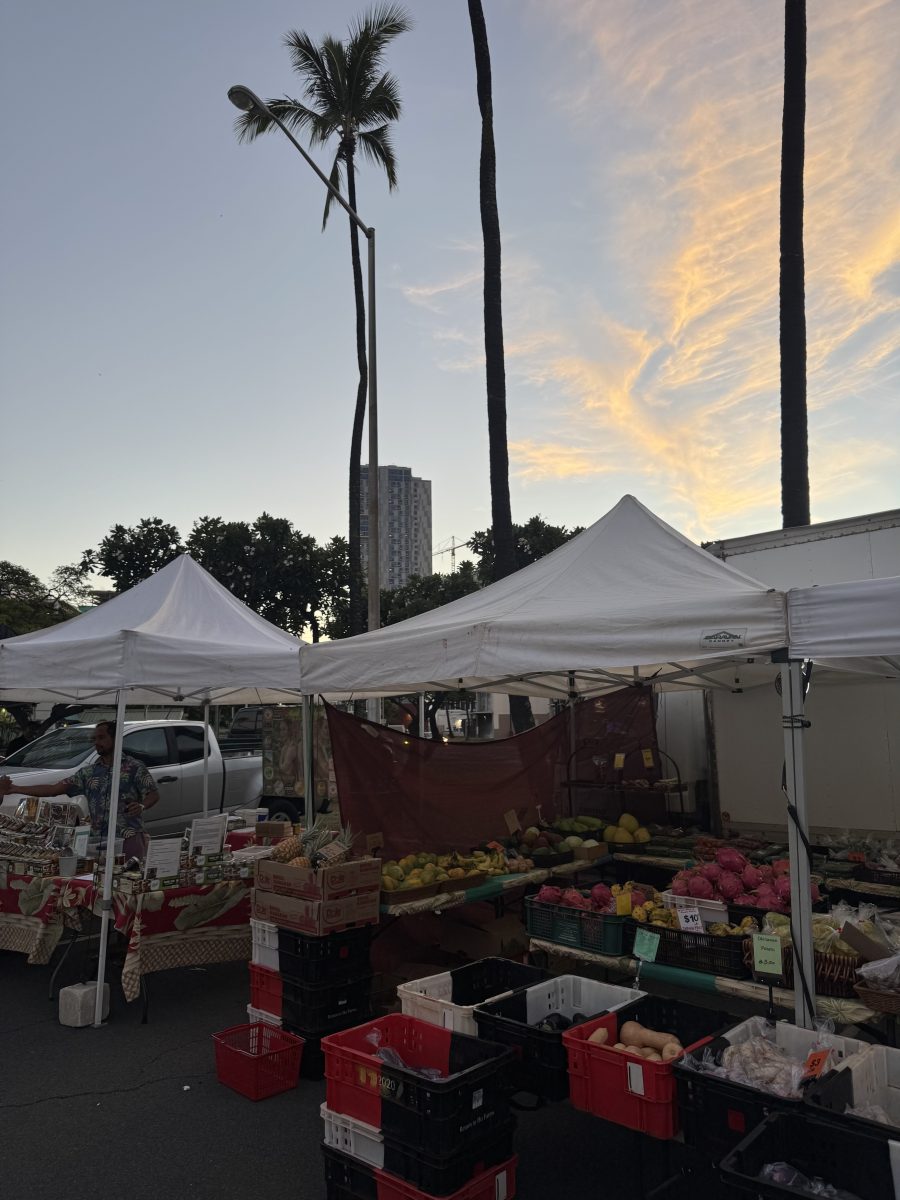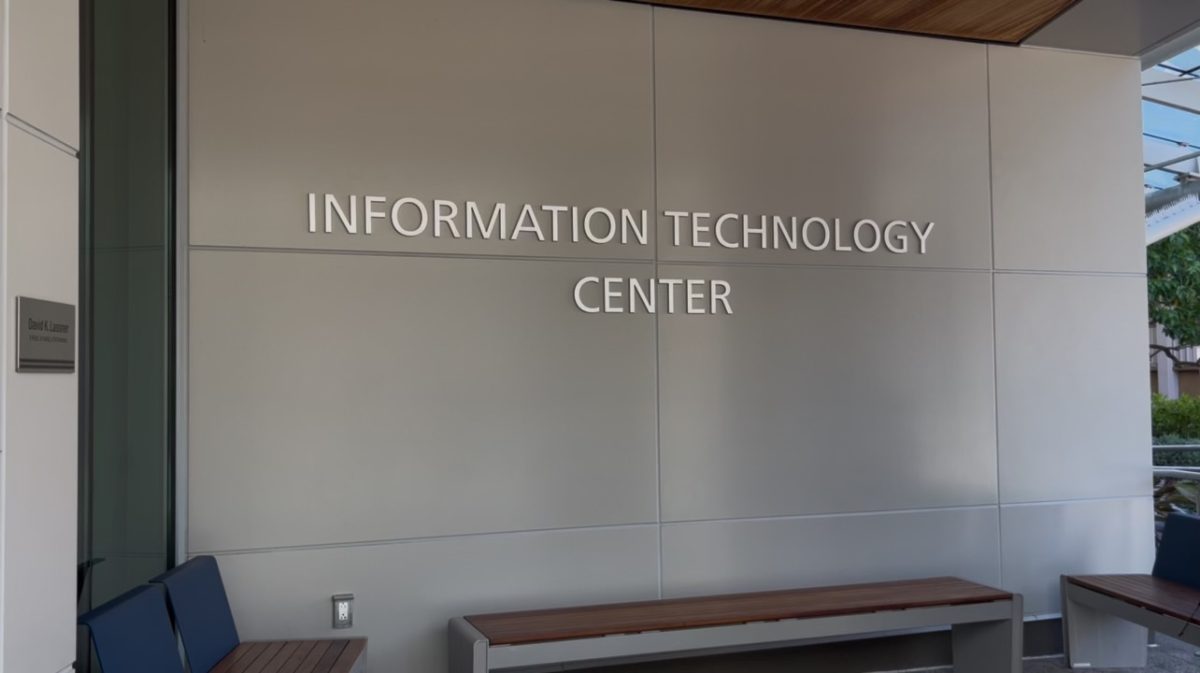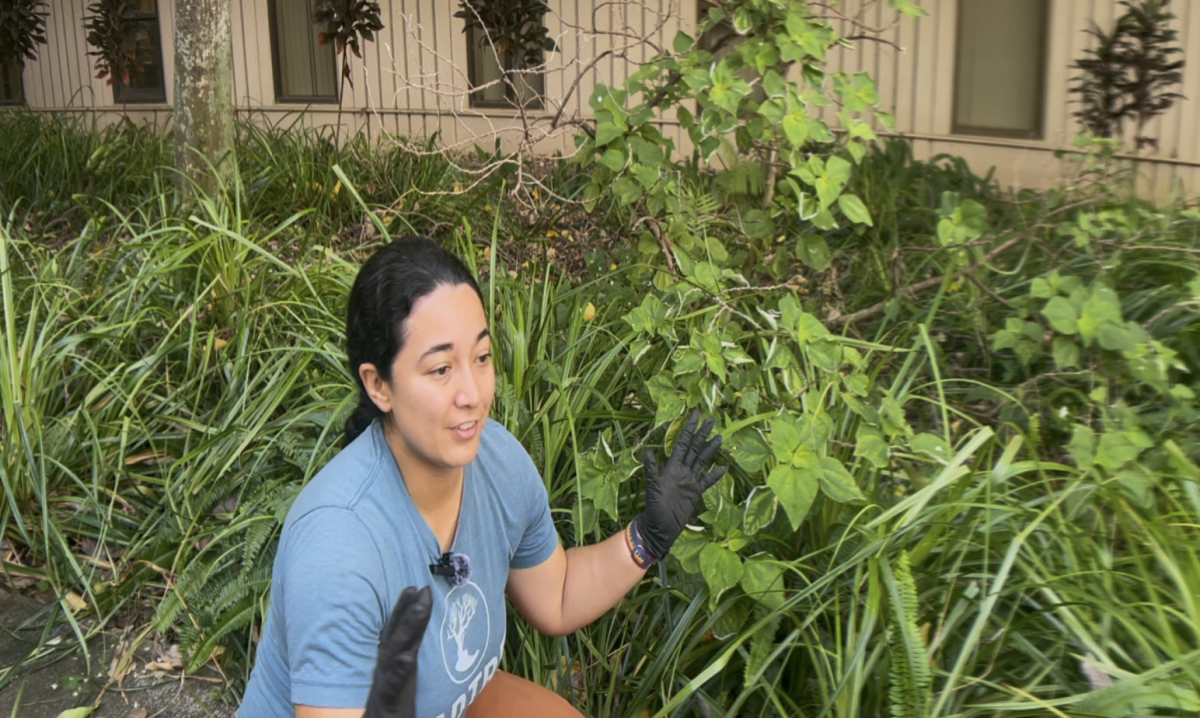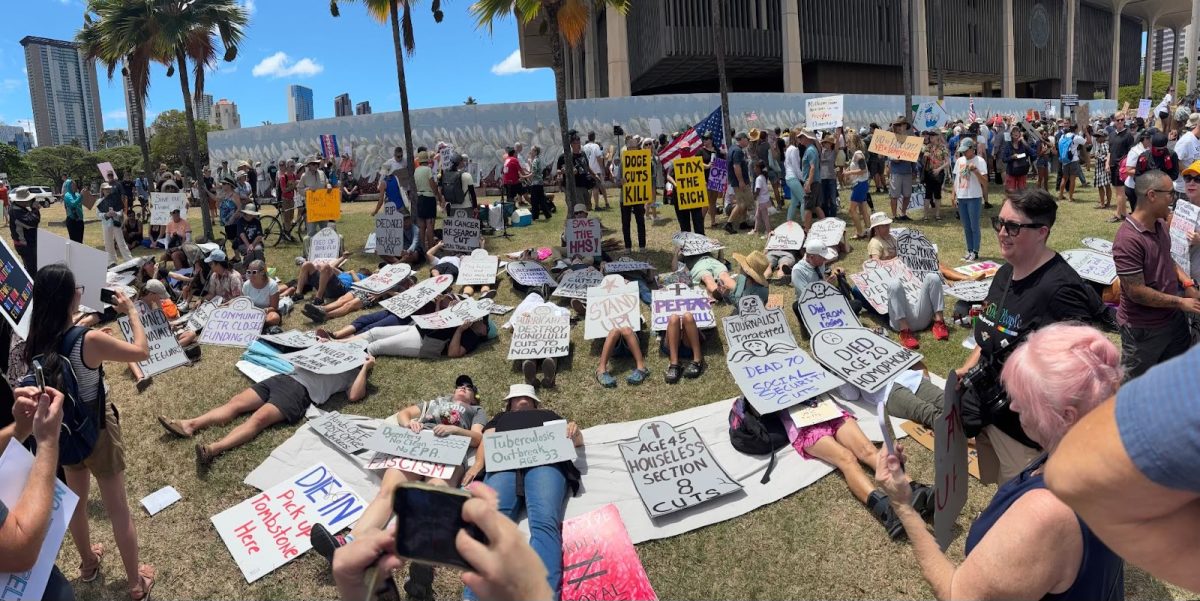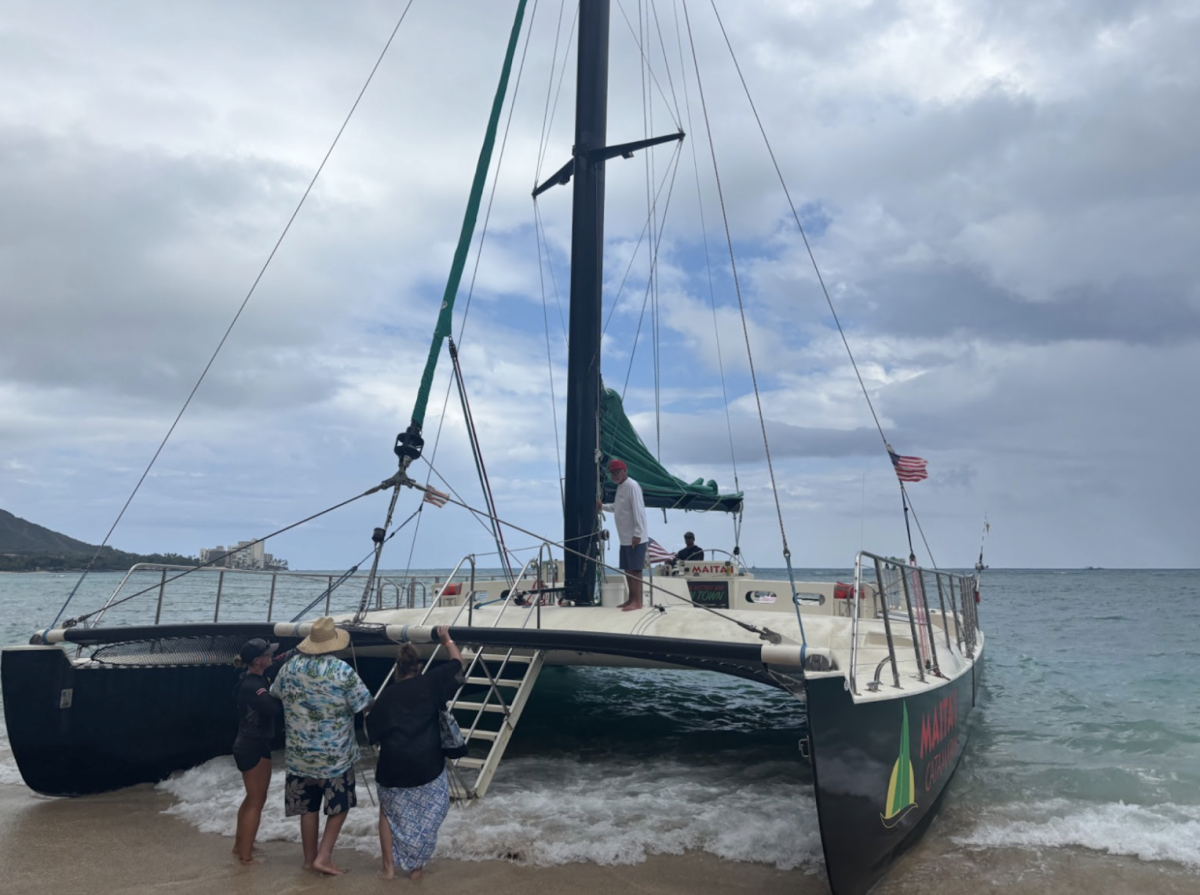The Red Hill Water Alliance Initiative (WAI), a group made up of key state and city leaders, plans to create a policy coordinator position through HB505 and a remediation special fund for Red Hill.
“This Red Hill WAI coordinator, the remediation special fund is to create some more permanent structure in state government that will be there for the long-term, because we know this issue of Red Hill, especially when it comes to the remediation or cleanup, will not be done only in a few years,” said Ernie Lau, the manager and chief engineer of the Board of Water Supply.
The policy coordinator would coordinate efforts across state agencies to do further investigations, beyond the final report they released in November 2023. They would also complete research around remediation and keep the community informed.
Given the long-term efforts, this bill provides some structure into investigating the larger, unknown effects of Red Hill fuel leakages on Oʻahu’s environment. This not only applies to the families affected by the fuel leaks from November 2021; it also aims to look into the larger history of the facility—from its creation during World War II to the first reports of fuel leaks in 2014. The WAI final report estimates that within 80 years of operation, a total of 1.94 million gallons of fuel leaked from the fuel tanks.
This is all more urgent now: the Navyʻs voluntary water testing for their water systems is set to expire by the end of this past March. It is unknown whether they will decide to continue these tests.
Also, the Trump administration’s EPA plans to roll back many environmental regulations, bringing more uncertainty, the Associated Press reported. The EPA is currently involved with inspecting public water systems at Red Hill to check that they meet the requirements of laws like the Safe Drinking Water Act and other regulations.
However, stakeholders are anxious about how federal level changes may affect these efforts.
Wayne Tanaka, the Sierra Club of Hawaiʻi’s chapter director, also expressed concern about how the WAI policy coordinator position would be insulated from the political pressures created by the Department of Defense.
The WAI policy coordinator position would be under the state Department of Land & Natural Resources (DLNR).
In a statement from Representative Ichiyamaʻs office, one of the co-chairs on the House Special Committee on Red Hill, they specify that the 2024 budget already included $750,000 and funding for three full-time positions dedicated to the Red Hill WAI program. Additionally, DLNR is already in the process of recruiting for these positions.
In the wake of the Red Hill fuel leakage, water safety immediately became a top priority for Oʻahu communities. It serves a stark reminder that 93,000 people—Oʻahu residents and military families alike—were poisoned in the 2021 fuel spill.
Healani Sonoda-Pale, a representative for the Native Hawaiian community on the Red Hill Community Representation Initiative, mentioned that some initiative members and their children were victims of the spill.
“In fact, one of our members just got an operation to remove her lymph node on her neck, and that is a result of being poisoned by the Red Hill spill,” explained Sonoda-Pale.
As part of the Red Hill initiative, her duties include community engagement and conducting investigations—monitoring, asking questions about public information, and providing feedback on the Navyʻs approach.
“It’s difficult for us; we don’t have any power,” said Sonoda-Pale. “Whereas the [Red Hill] WAI group has way more power than we do. They can make decisions and affect policy and change through that group. We are just more of a community discussion form, but we’re supposed to be mandated by the consent order.”
Within this legislative session, the bill has already passed the Senate Ways and Means Committee.
“Independent of HB505, as always, the Navy Closure Task Force-Red Hill’s mission is to safely and expeditiously execute the permanent decommissioning of the Red Hill Bulk Fuel Storage Facility and continue long-term environmental remediation efforts with state and federal stakeholders in order to protect public health and the environment,” said a Navy Closure Task Force-Red Hill spokesperson.
Information on the Navyʻs Drinking Water Monitoring and Environmental Remediation efforts are available on this page.


